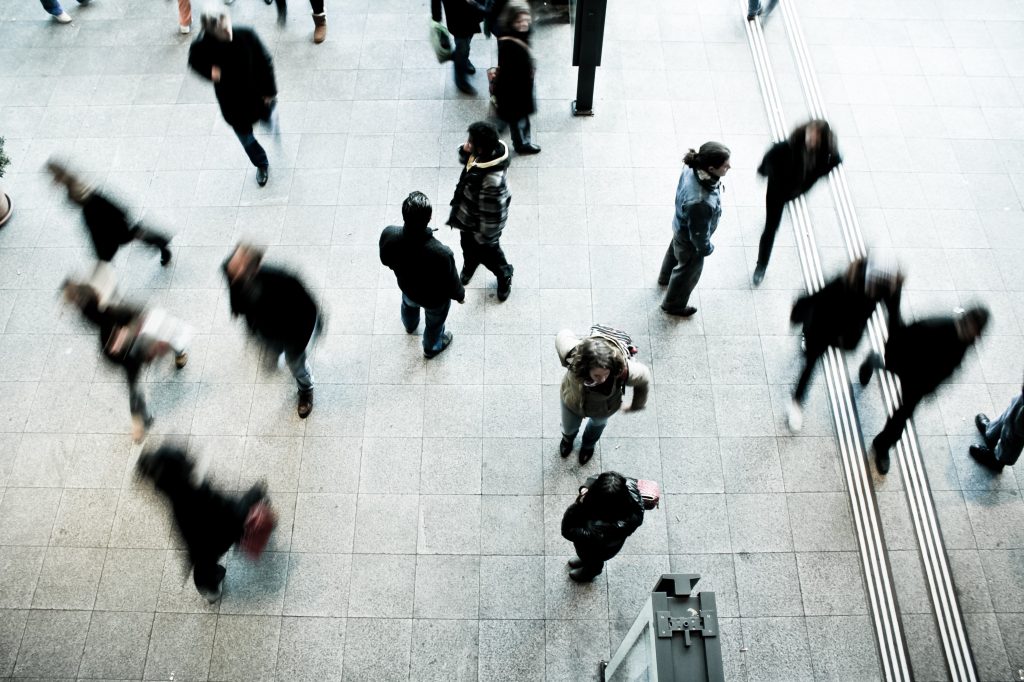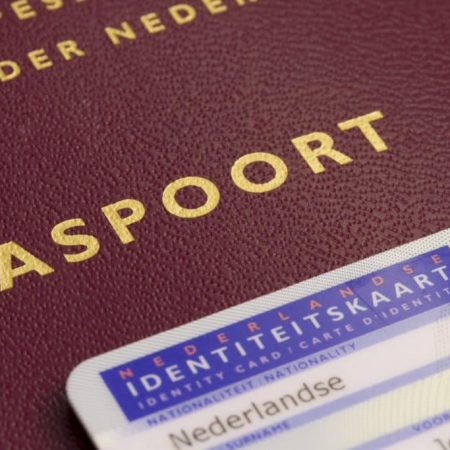Researchers propose a method for hiding faces while allowing biometric searches
A paper that has just been accepted to the Association for Computing Machinery’s (ACM) Transactions on Privacy and Security journal outlines a proposed universal face obfuscation method for a family of commercial off-the-shelf (COTS) facial recognition algorithms.
The research paper, authored by Chinese students at Xidian University and the University of South Florida, is titled like a proverb: “Eyes See Hazy while Algorithms Recognize Who You Are.” It argues that evolving privacy laws such as the GDPR have made the need for obfuscation in facial recognition systems more pressing, which can result in a game of catch-up. The method developed by the researchers would obscure the faces in an image from human eyes, while allowing them to be matched with a biometric algorithm.
“Face recognition algorithms have to be tailor-designed according to current obfuscation methods, as a result the face recognition service provider has to update its commercial off-the-shelf (COTS) products for each obfuscation method,” the paper reads.
The paper proposes to solve this problem with a universal obfuscation method for a family of facial recognition algorithms using a global or local structure of eigenvector space. Specifically,
“one universal face obfuscation method suitable for all the eigenvector-based COTS facial recognition products. This type of method uses spatial mapping to transform high-latitude images into low-latitude eigenvectors. Then these extracted low-latitude vectors are used as the digital features of the original image for face recognition.”
The full paper details the mathematics that undergird the idea. By way of brief explanation, it provides the following: “It is well known that the central method of eigenvector-based face recognition algorithms is to map the face images into an eigenvector space, then calculate a distance between the original eigenvectors and mapped vectors. If the distance is smaller than a fixed threshold, the algorithm will recognize the face images as the same class.”
Per a 2022 Biometric Update piece by Shufti Pro’s Damien Martin, “In this technique, facial data is projected onto a feature area, also known as face space. The purpose is to encode the variation in pre-existing face images. The space is explicitly explained by the ‘eigenfaces,’ which are the eigenvectors of the set of faces.”
In conclusion, the paper says its “experiments show that our method has better accuracy degradation than the state-of-the-art methods with the same image quality effect and computational complexity.”







